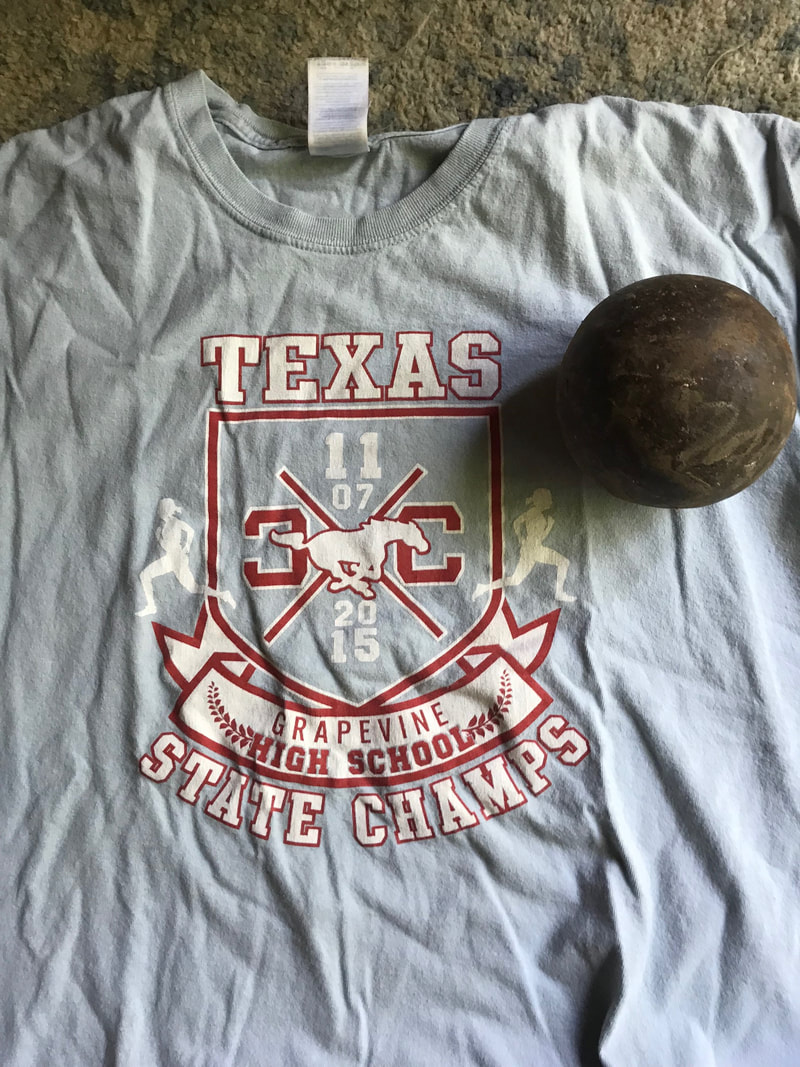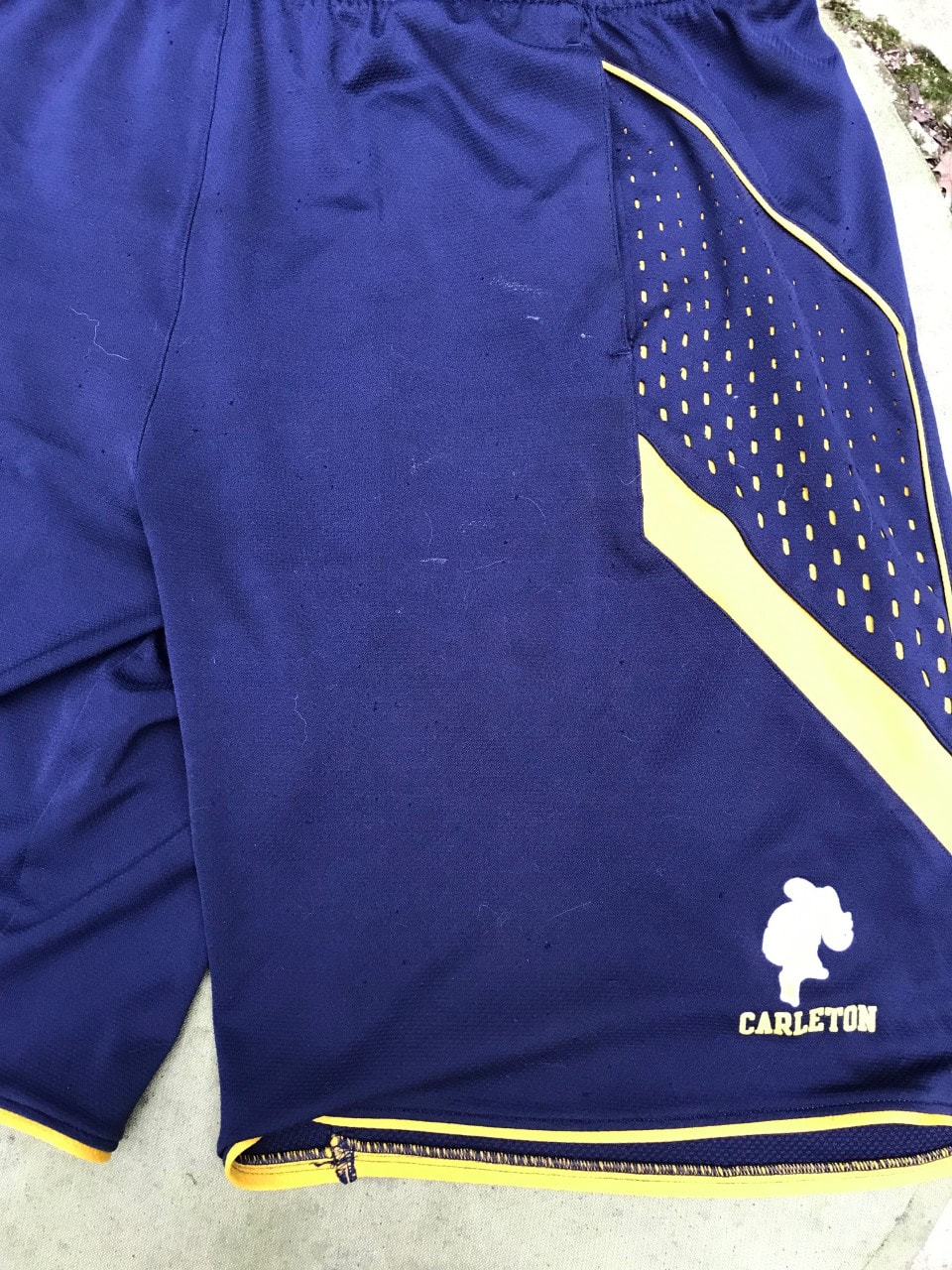
As a 63-year-old, prepping to throw the shot put and run the 800 is way different than would be the case if you were 39 or 22. Over the years, as injuries accumulate and you recognize your limitations, you start to better understand what you can and can’t do, or more appropriately, what you should and shouldn’t do.
But that doesn’t stop the human heart. If you’re a shot putter or runner, you want to perform at your maximum ability. When you’re younger, that means pushing it. When you’re 63, that means reining it in (to a certain extent).
After mentally and verbally committing (by telling other people) that I would compete this year in the Wisconsin Senior Olympics, training had to begin at some point. I lollygagged over the winter. “Too cold. I can’t get outside” were reasonable excuses that only lasted so long.
Inertia slowly went away in January and February to be replaced by motivation and action. I started jogging around the tiny basketball court where I work out at the Wisconsin Athletic Club, lifting weights to simulate the shot put throw and then actually taking a 15-pound medicine ball (to be replaced later by a 20-pounder) and shot putting it 10 times against the wall from increasing distances.
To balance my body, I threw the medicine ball both lefty and righty, and briefly considered entering the event twice – once as a lefty and once as a righty. Probably illegal, but flirting with the idea was amusing. I’m righthanded and it become clear quickly that was my dominant power and I focused on that.
Until your throw a weighted ball against the wall ten times in a row, you have no idea how aerobic and exhausting that is. Try it and see how you feel after three minutes. That was the first of many learning curve incidents and adjustments that have occurred.
Trying to run above a slow jog was another story. Over the past 5-6 years, I’ve occasionally entered 5K races, so I knew I could mosey along for a few miles. Picking up the pace is a different story. That implied finding your limits. I started slow, doing four down and backs on the small basketball court. Okay, nothing hurts. Go up to five down and backs. Then six, seven and eight over several weeks.
Then it was time to add some circles around the court, so I repeated the process with the back and forths, followed by four laps around the court, then a week later five laps and so on. Over 2-3 months, I hit the generic 800 distance needed to do two full laps around a high school track and I felt a mild degree of accomplishment: “Okay, I made it and didn’t have a heart attack or blow out a groin muscle. Now can I pick up the pace?”
Mixing in outdoor paces as the weather became less than frigid was the next step, and this was added to the routine Fridays and Saturdays on excursions with our dogs. Not spraining an ankle on the rougher terrain became another worthy short-term goal.
Progress continued. Speed picked up. I felt good. Then, as you probably expected, the body rebelled. More on that next week.
(Part 3 in this series coming next week.)
